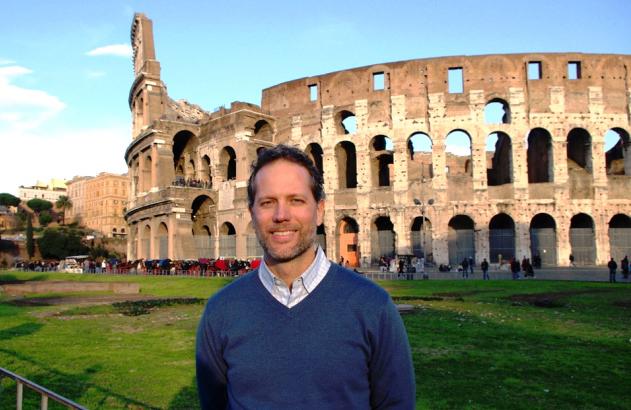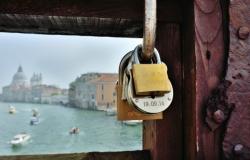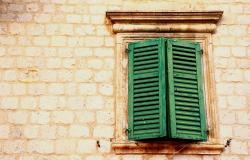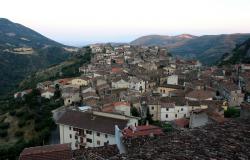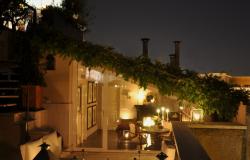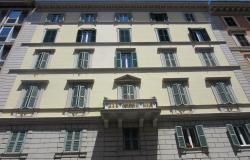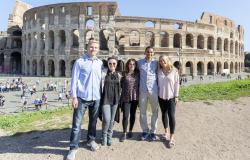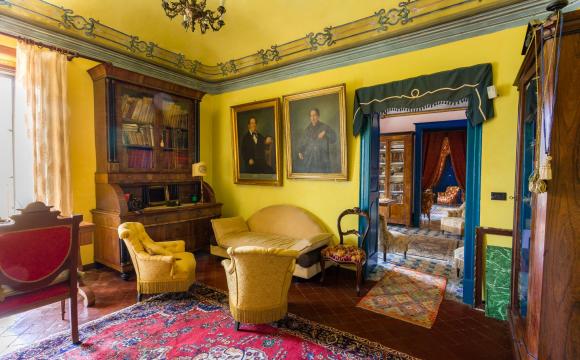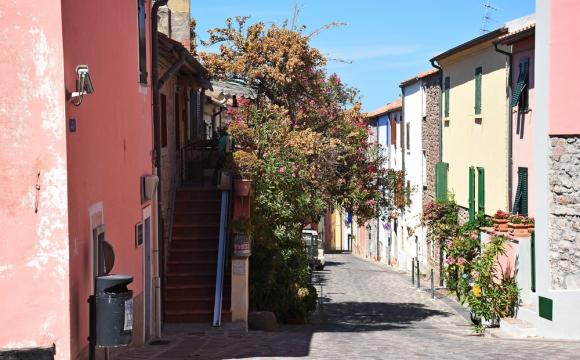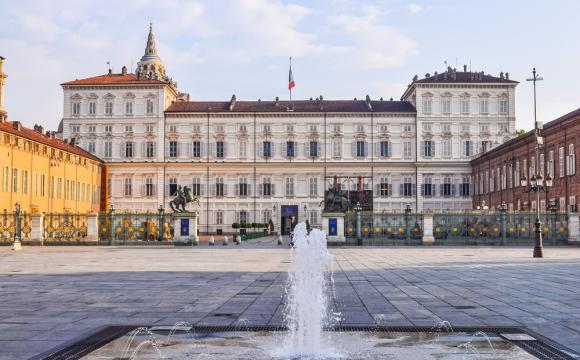words by Rick Zullo, author of the blog Rick's Rome
People often ask me, “Why Rome?” I guess fate played a hand in that decision.
While galloping around the Italian peninsula on a three-month jaunt in 2010, I came to a screeching halt one night at an aperitivo on the Isola Tiberina in the center of Rome. An expat group was offering a free Italian language lesson, and so I signed up. When I met my beautiful teacher, I quickly decided to cancel the rest of my itinerary and stay in Rome for a while (ostensibly to improve my Italian). I guess I just forgot to go back home. Needless to say, my Italian is now quite good - it doesn’t hurt that I eventually married the teacher.
Living in Rome is such a privilege, and I’m astounded every day by my surroundings. For both expats and tourists, the city can be overwhelming. Yes, it’s chaotic like any large metropolitan area. But the omnipresence of history is equally intimidating - it makes you feel small and insignificant when you stroll down the same streets as Julius Caesar, Michelangelo, and Bernini; not to mention the likes of Hitler and Mussolini. You’re merely a speck on the timeline of this Eternal City. But there is a certain freedom in that scale of anonymity.
If you want to live in Rome, my advice is to go slowly at first. You’re not going to conquer it in a week, month, or even a year. Instead, break it off into digestible-size pieces. First, get to know your own neighborhood intimately. Start by selecting your favorite local coffee bar. Check out a few of them close to your apartment before deciding. But once you decide, stick to that bar and stop in at least once a day. Then, over the course of your first few days, introduce yourself to the macellaio, the fruttivendolo, and the sarto. Slowly, you’ll become part of the neighborhood scene.
Next familiarize yourself with the transportation routes. Please don’t get a car, or God forbid, a motorino (scooter) right away. The metro and the buses work quite well in Rome (most of the time), and they’re a real bargain, among the cheapest in Europe. You’ll save money on medical bills this way, too.
Above all, make friends. The expat groups are a great place to start, but don’t get caught in the trap of isolating yourself there. If you have a favorite hobby, look for groups of Italians that meet for photography, cooking, or sports. With these types of visual/physical activities, your Italian doesn’t have to be perfect. And say “yes” to every invitation.
Rick’s Tips
Living in Rome, I have all the greatest treasures of humanity in my backyard. But my favorite “museums” are actually the churches. Rome has over 900 of them, and they all have something surprising to share with you - free of charge.
Visit the Basilica di Santa Croce in Gerusalemme, where you can see relics from The Passion of Christ, including pieces of the True Cross, one of the nails, two thorns from the crown, and a bone from the index finger of Saint (“doubting”) Thomas. Why is it considered “in” Jerusalem? Because St. Helena brought back piles of dirt from the Holy Land and used it to cover the floor of this basilica. So even though she was in Rome, technically she was standing on sacred soil.
Love art? Go to the Chiesa di San Luigi dei Francesi where you can see the very best of Caravaggio; the three paintings of the life of Saint Matthew. Then go to Santa Maria del Popolo where you can see his work right next to his contemporary rival, Annibale Carracci. Which do you like better, Caravaggio’s brooding chiaroscuro, or the pretty pastels of Carracci’s late Renaissance style?
The Basilica di Santa Maria Sopra Minerva near the Pantheon is worth a look. From the outside, it doesn’t really impress. But once inside, you’ll discover the only Gothic-style church in Rome with a striking vaulted ceiling painted the color of the midnight sky. Also, there’s Michelangelo’s statue of Christ the Redeemer near the altar. Oh, and Saint Catherine of Siena is buried here (except her head, which is still in Siena).
Feeling frisky? Study Bernini’s most controversial statue, Saint Teresa in Ecstasy at Santa Maria della Vittoria. Is she experiencing religious bliss or is it something more worldly? Or perhaps she’s just really good at faking it - decide for yourself.
Make sure to check out our interview with Rick's on ITALY Magazine's Blog of the week and keep in touch with him via his blog, Twitter, Facebook.
